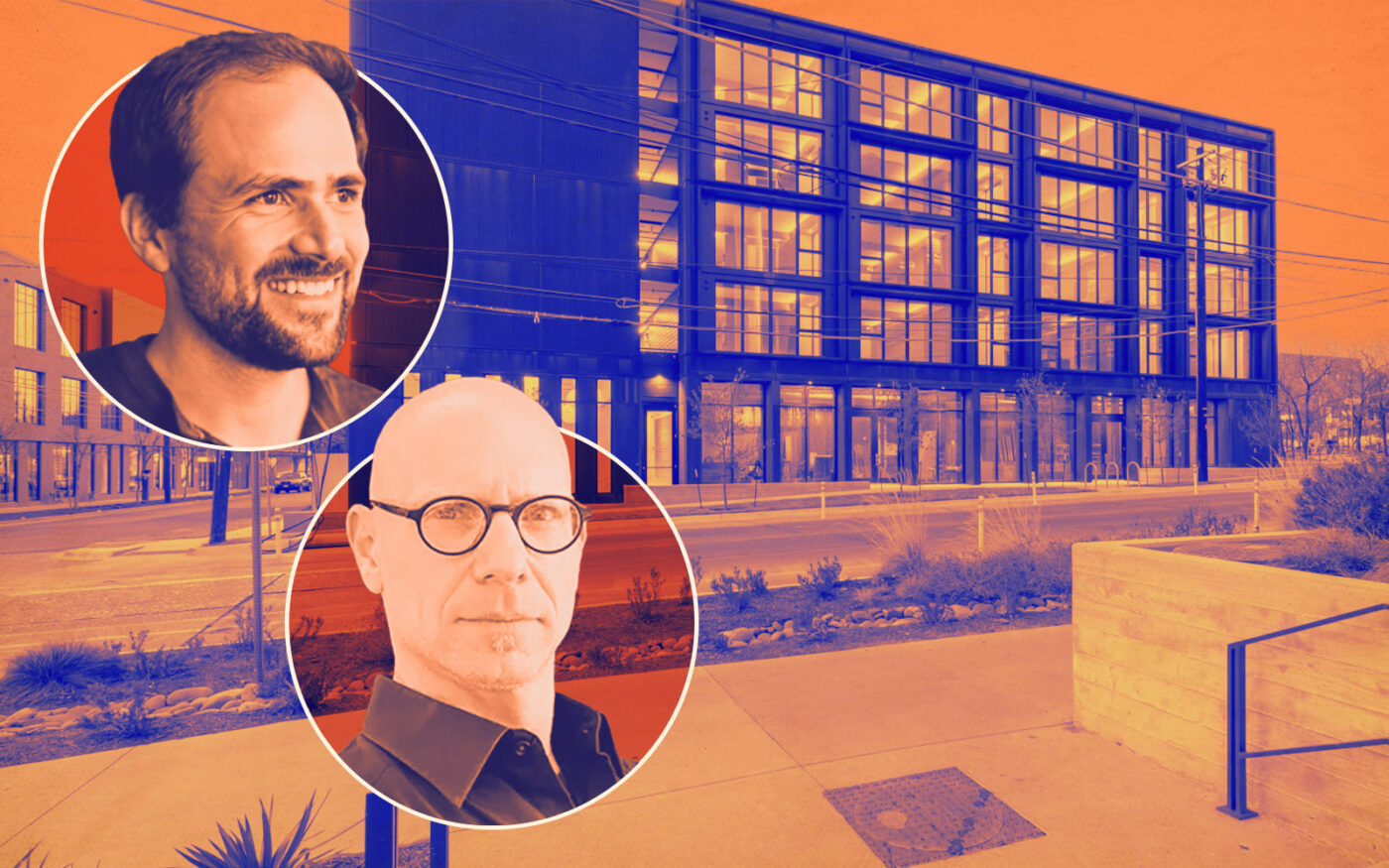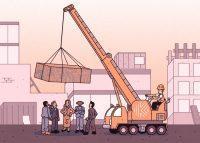Trending
Juno plants seeds of mass-timber takeover in East Austin
San Francisco developer aims to rewrite development playbook with “component”-based design

At South by Southwest this week, developers came to Austin to talk about how they think innovation can solve the housing crisis. Juno, a San Francisco-based developer, has similarly ambitious goals, but it didn’t just talk about them. The company showed off its solution at its first completed development, a new rental project in East Austin.
Juno is a rust-colored, mass-timber mid-rise at 400 Comal Street, a gentrifying corner shared with tech companies, a coffee roaster and a light rail station. Juno’s edge is digital: the company uses custom software to break a development down into 33 “components,” pre-cut pieces that together make up a building, not unlike a set of gigantic Legos.
The approach has roots in modular construction startups of the past, but clears many of the roadblocks that challenged those companies from scaling up.
“It has more legs as an approach,” BJ Siegel, the company’s co-founder and head of design said.
For one, rather than shipping entire pre-built rooms, Juno is dealing with parts. Architects can combine those pieces in more unique configurations, giving each project less of a cookie-cutter feel.
It also gives the company more outs if multifamily development markets continue to struggle. The component approach can work just as well for retail and hospitality, and the company has explored selling its approach as a product, not just developing its own buildings.
Siegel, who used to lead Apple’s retail design team, brought over some of that company’s design language to the new apartments.
The interiors rely heavily on wood, natural light and soft colors. The apartment stands on a lot that’s just one-third of an acre, and the unit footprints are fairly small. A studio is about 460 square feet and a one-bedroom is 685 square feet, but the layout maximizes space, and doesn’t feel quite so crammed inside. Utilities and other electrical components run along the edges of the ceilings, maximizing free space on the walls.
That also means the project did away with the types of amenities similarly priced rentals often include in Austin. There’s no pool, and each floor shares a washer and a dryer. Still, the project is about halfway leased in a difficult environment for Austin landlords.
The East Austin development is a prototype of sorts. Juno built a test apartment in a San Francisco warehouse, but it was still learning as it built 400 Comal Street. The company collected reams of data on everything from component weights to crane usage, and used that to update the construction process as it went along. In the end, almost every floor took less time to build than the one before it.
The mass-timber panels that form the skeleton of the building were lasered off site, so Juno stacked them flat on a truck and shipped them in an arrangement that made unpacking the truck and constructing with those pieces as easy as possible. As a result, a five-person crew built the bones of the project in just five weeks. The curtain wall, an auburn facade made of panelized Corten steel, took another 16 days to attach. Juno is not a colossal building, but the company has plans to go up to 16 stories and expand the process to other cities, like Seattle and Denver.
Construction has been notoriously resistant to technological disruption. Katerra, a SoftBank-backed startup that achieved unicorn status by promising to streamline the development supply chain and use prefab construction, went bankrupt in 2021.
There is no shortage of challenges facing residential and multifamily developers. Land and construction costs are up, lenders have tightened their requirements, and rent growth has slowed. Bureaucracy has made some cities essentially unbuildable, and foreclosure threats appear to be mounting.
These are the types of big challenges that technology companies have long tried to solve by finding new approaches to old problems. The roadblocks are clear; what remains to be seen is whether tech can hack housing, too.
Read more
 Warped lumber, failed projects: TRD investigates Katerra, SoftBank's $4B construction startup
Warped lumber, failed projects: TRD investigates Katerra, SoftBank's $4B construction startup
 NRP plans $52M apartments in East Austin
NRP plans $52M apartments in East Austin




